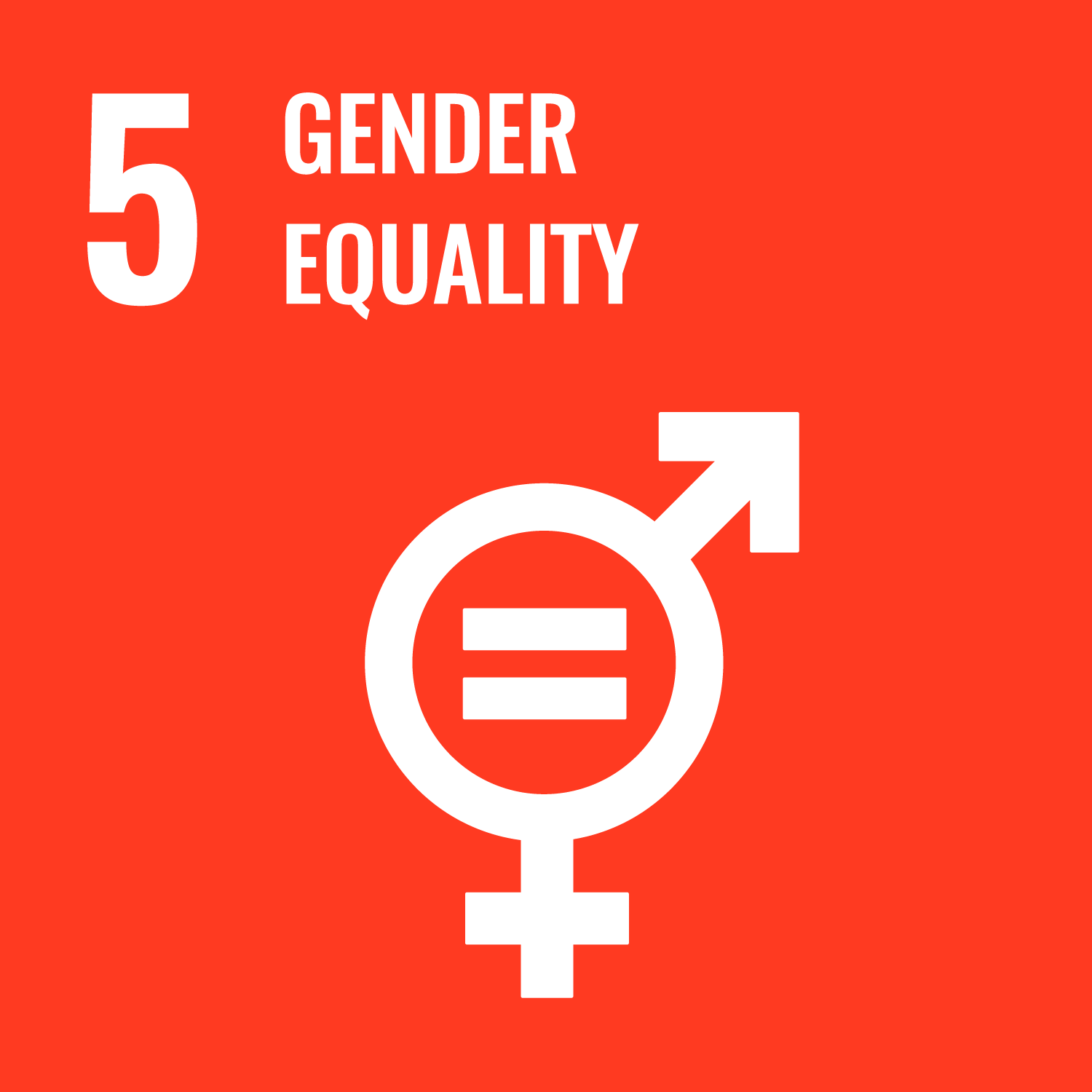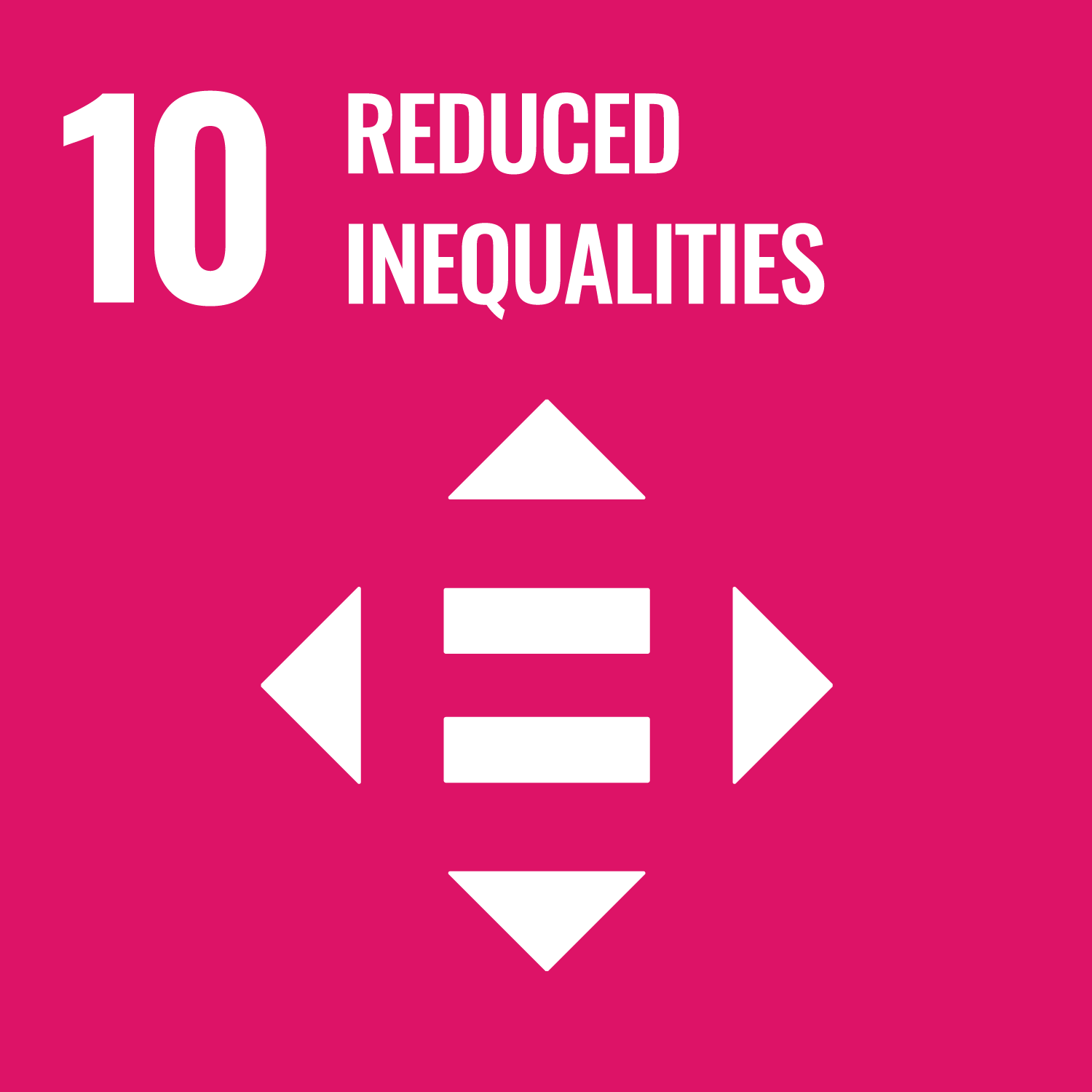Murphy, M C, Mejia, A F, Mejia, J, Yan, X, Cheryan, S, Dasgupta, N, Destin, M, Fryberg, S A, Garcia, J A, Haines, E L, Harackiewicz, J M, Ledgerwood, A, Moss-Racusin, C A, Park, L E, Perry, S P, Ratliff, K A, Rattan, A, Sanchez, D T, Savani, K, Sekaquaptewa, D, Smith, J L, Taylor, V J, Thoman, D B, Wout, Dl A, Mabry, P L, Ressl, S, Diekman, A B and Pestilli, F
(2020)
Open science, communal culture, and women’s participation in the movement to improve science.
Proceedings of the National Academy of Sciences of the United States of America, 117 (39).
pp. 24154-24164.
ISSN 0027-8424
![]()
Abstract
Science is undergoing rapid change with the movement to improve science focused largely on reproducibility/replicability and open science practices. This moment of change—in which science turns inward to examine its methods and practices—provides an opportunity to address its historic lack of diversity and noninclusive culture. Through network modeling and semantic analysis, we provide an initial exploration of the structure, cultural frames, and women’s participation in the open science and reproducibility literatures (n = 2,926 articles and conference proceedings). Network analyses suggest that the open science and reproducibility literatures are emerging relatively independently of each other, sharing few common papers or authors. We next examine whether the literatures differentially incorporate collaborative, prosocial ideals that are known to engage members of underrepresented groups more than independent, winner-takes-all approaches. We find that open science has a more connected, collaborative structure than does reproducibility. Semantic analyses of paper abstracts reveal that these literatures have adopted different cultural frames: open science includes more explicitly communal and prosocial language than does reproducibility. Finally, consistent with literature suggesting the diversity benefits of communal and prosocial purposes, we find that women publish more frequently in high-status author positions (first or last) within open science (vs. reproducibility). Furthermore, this finding is further patterned by team size and time. Women are more represented in larger teams within reproducibility, and women’s participation is increasing in open science over time and decreasing in reproducibility. We conclude with actionable suggestions for cultivating a more prosocial and diverse culture of science.
More Details
| Item Type: | Article |
|---|---|
| Subject Areas: | Organisational Behaviour |
| Additional Information: |
© 2020 The Authors. This open access article is distributed under the Creative Commons Attribution-NonCommercial-NoDerivatives License 4.0 (CC BY-NC-ND) |
| Funder Name: | Division of Research on Learning in Formal and Informal Settings, Division of Human Resource Development, Directorate for Education and Human Resources, Division of Information and Intelligent Systems, Division of Behavioral and Cognitive Sciences, Division of Behavioral and Cognitive Sciences, National Center for Advancing Translational Sciences, National Institute of Biomedical Imaging and Bioengineering, Russell Sage Foundation |
| Date Deposited: | 24 Sep 2020 16:34 |
| Date of first compliant deposit: | 24 Sep 2020 |
| Subjects: |
Women Research methodology Scientific research |
| Last Modified: | 05 Aug 2025 00:55 |
| URI: | https://lbsresearch.london.edu/id/eprint/1487 |






